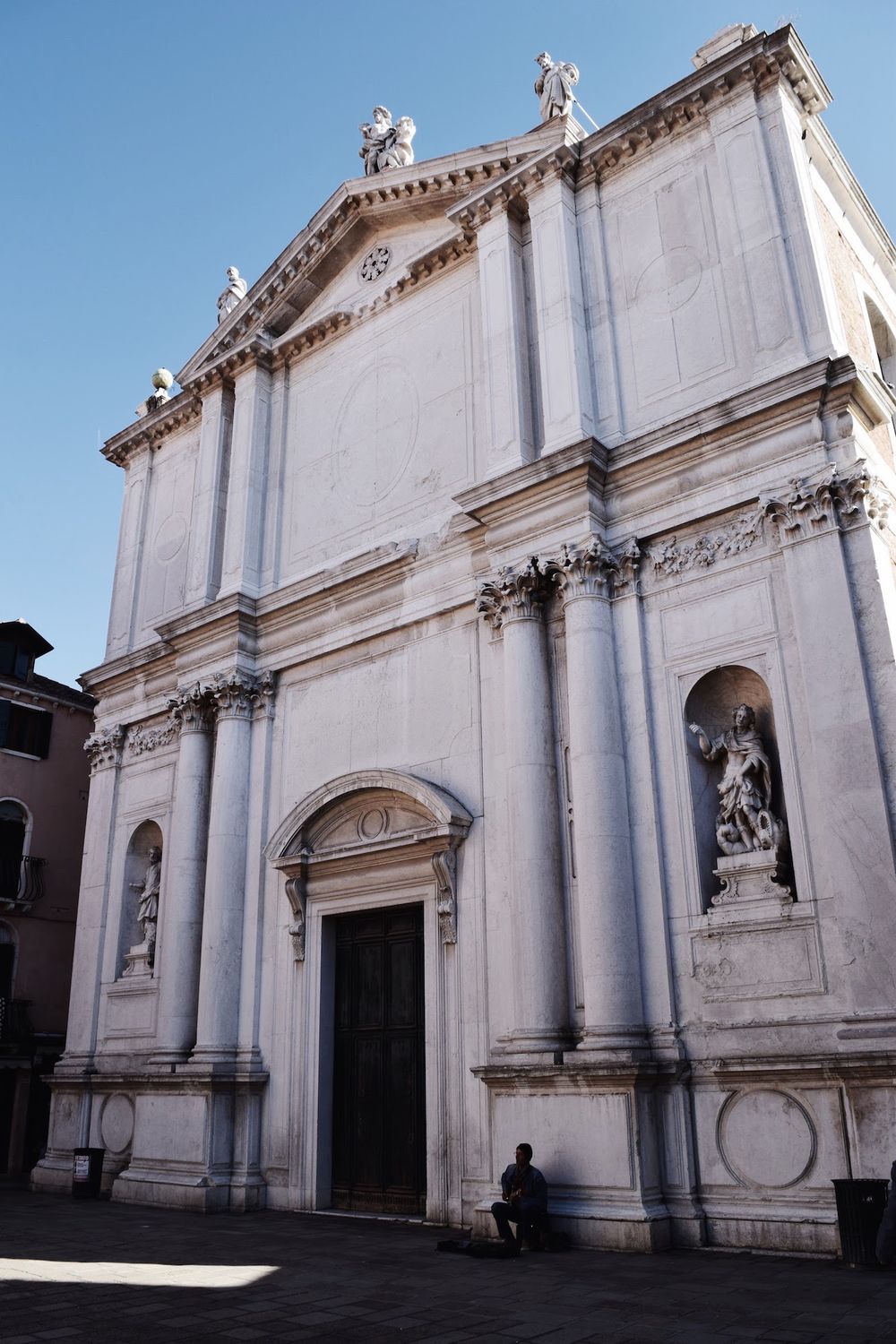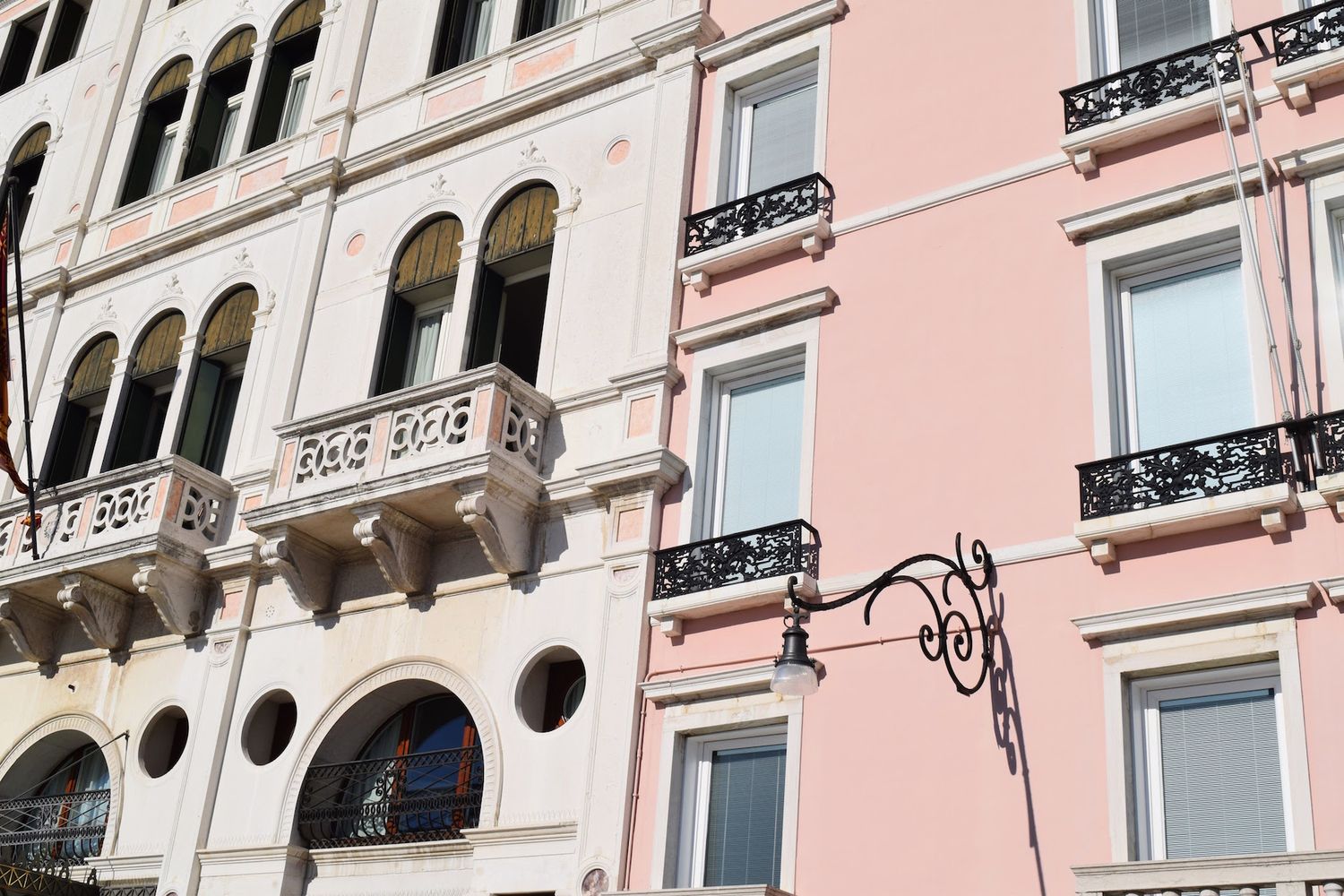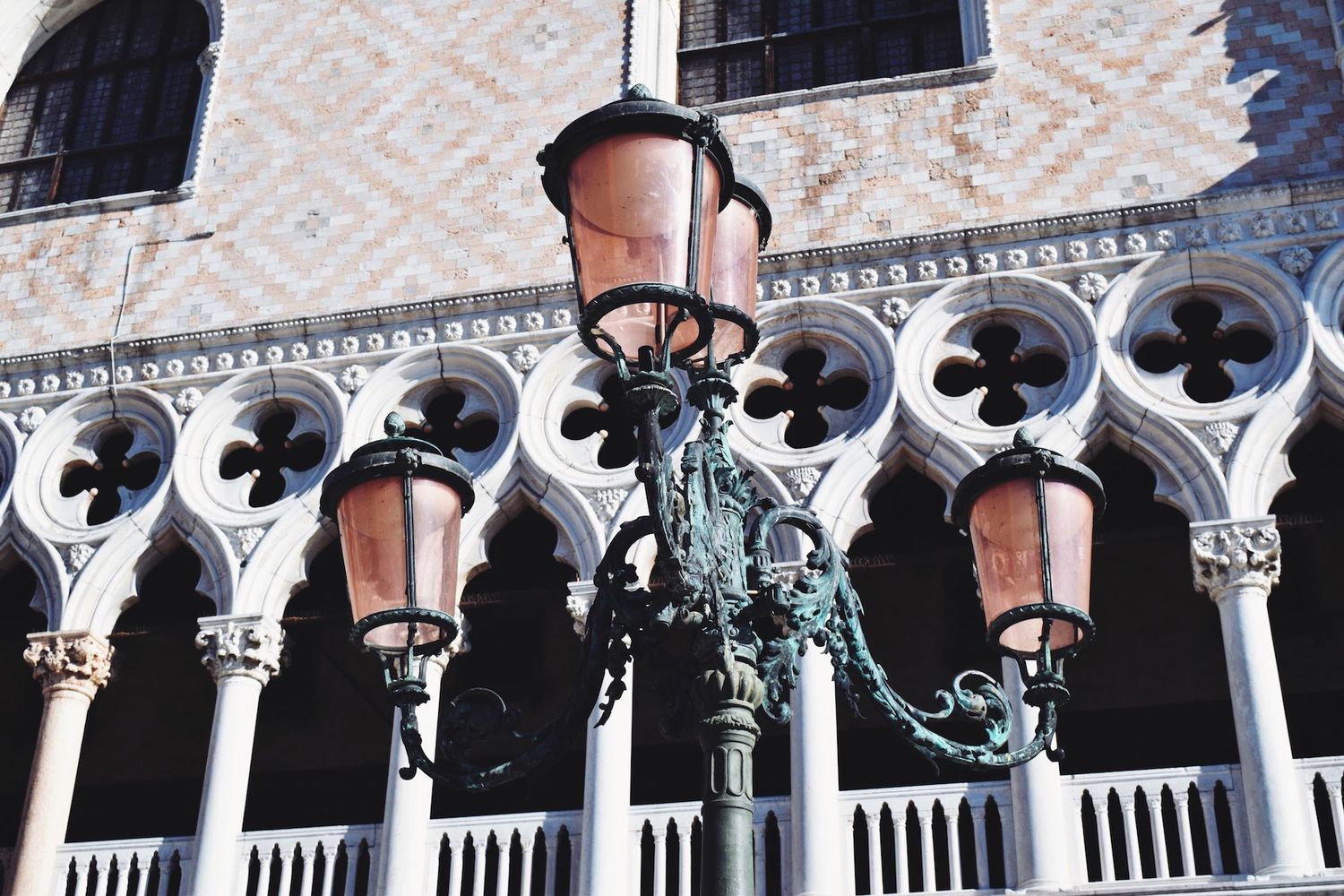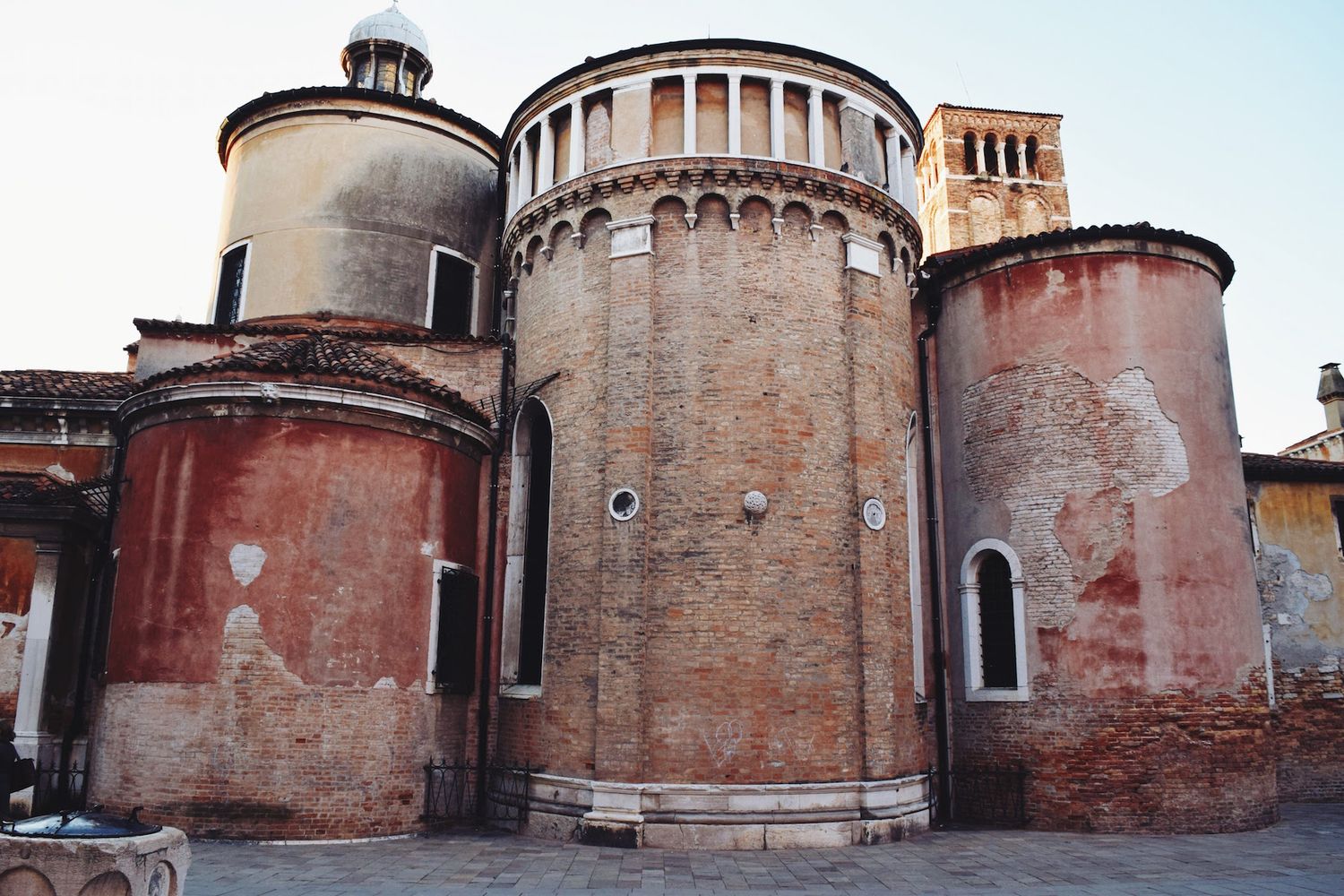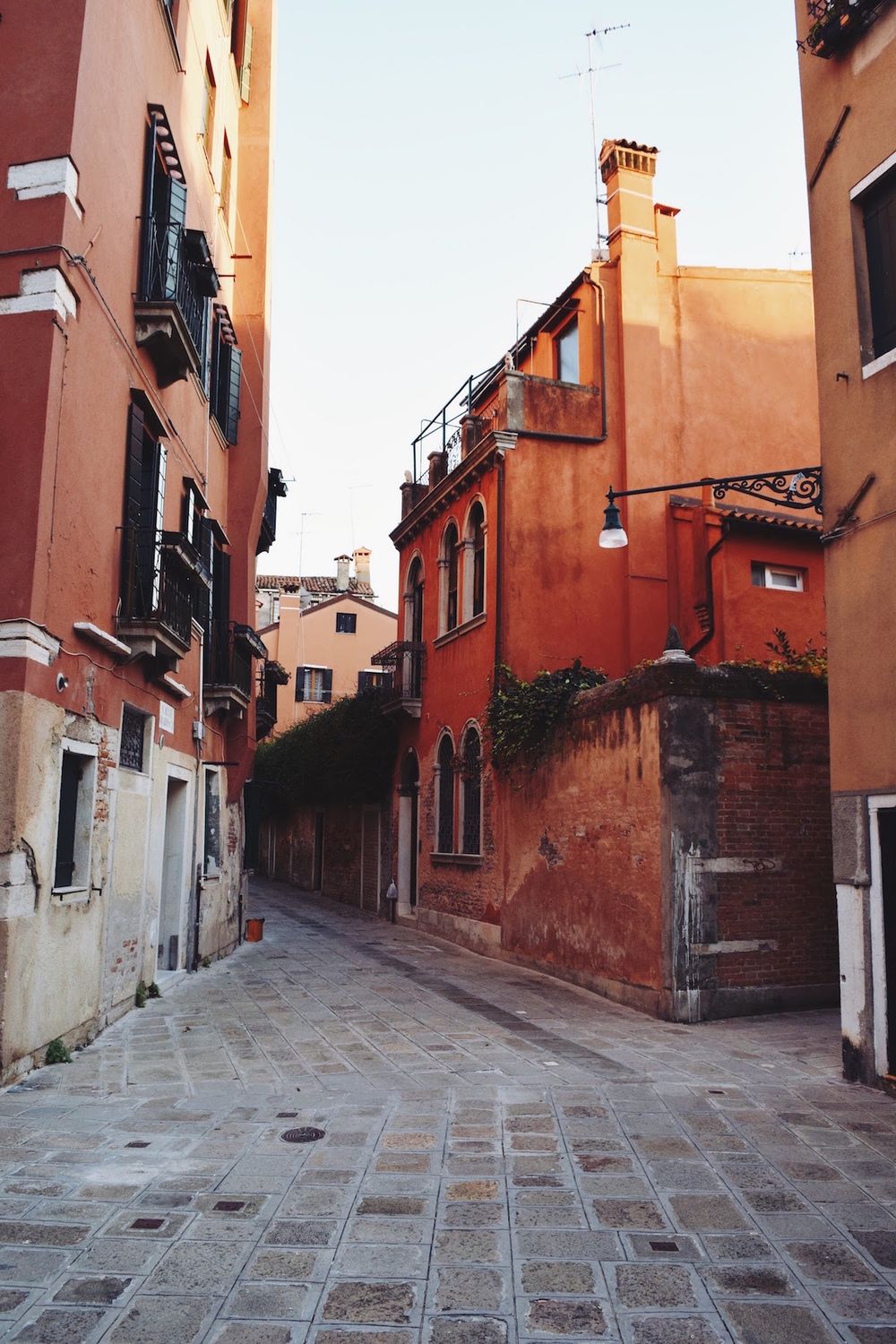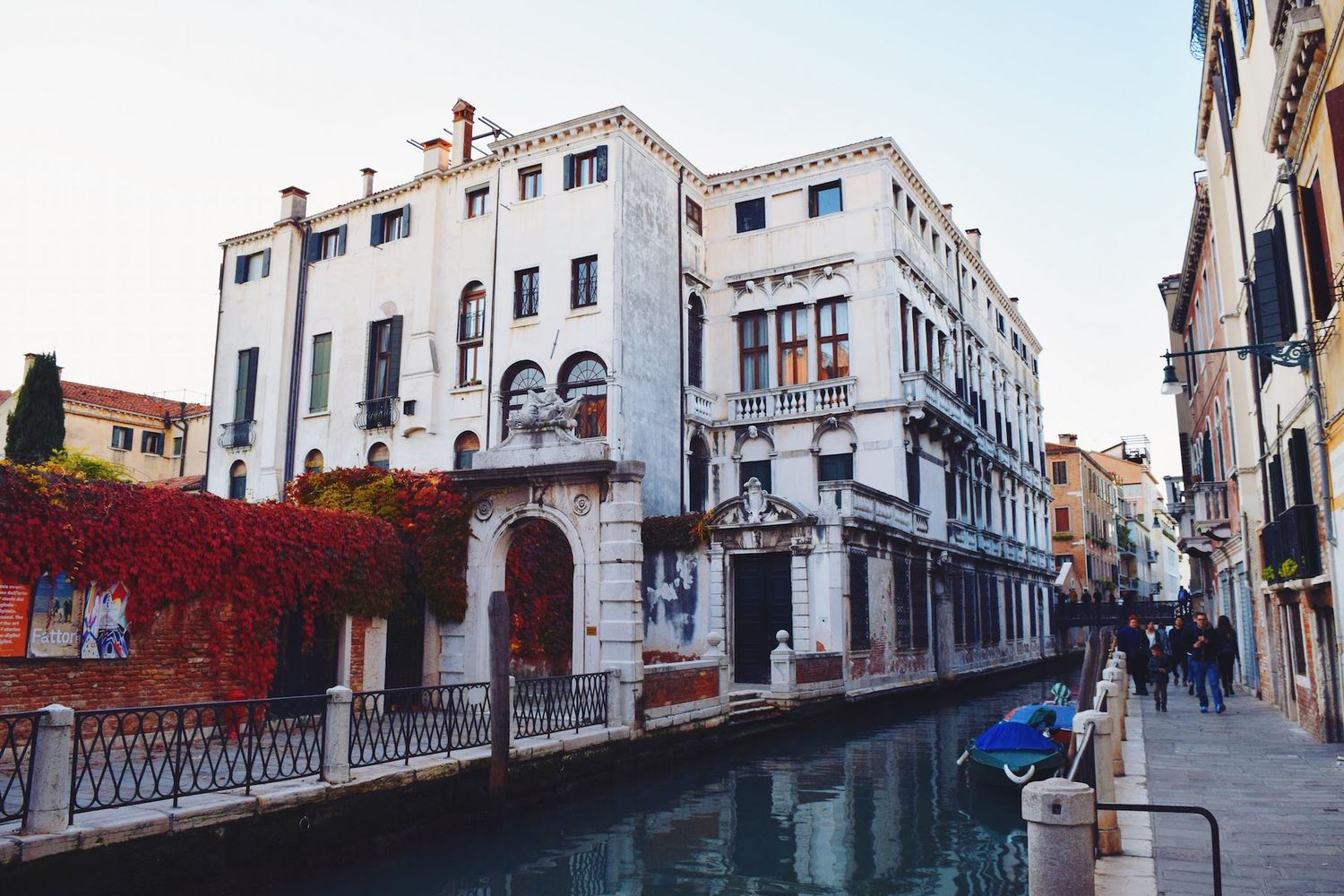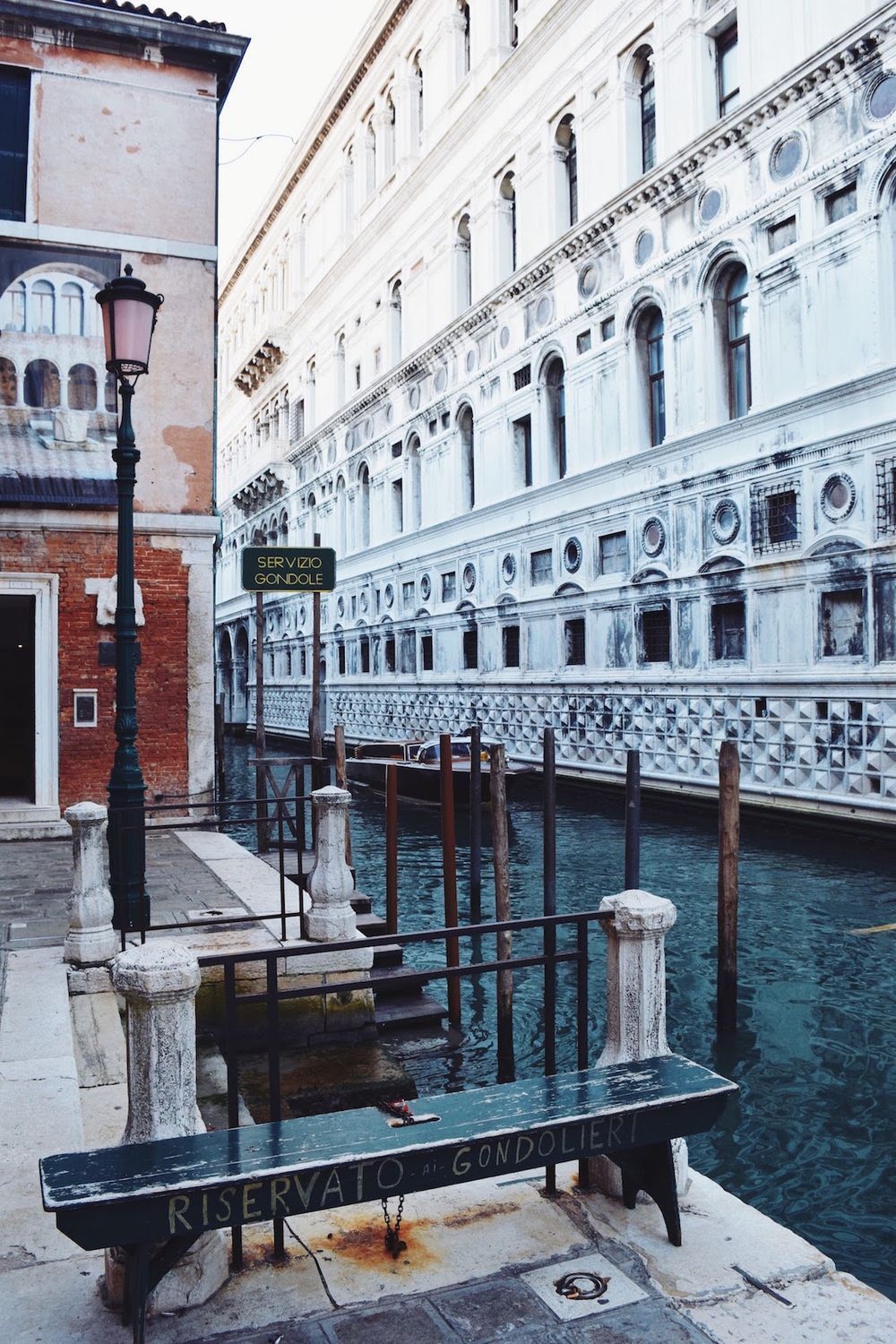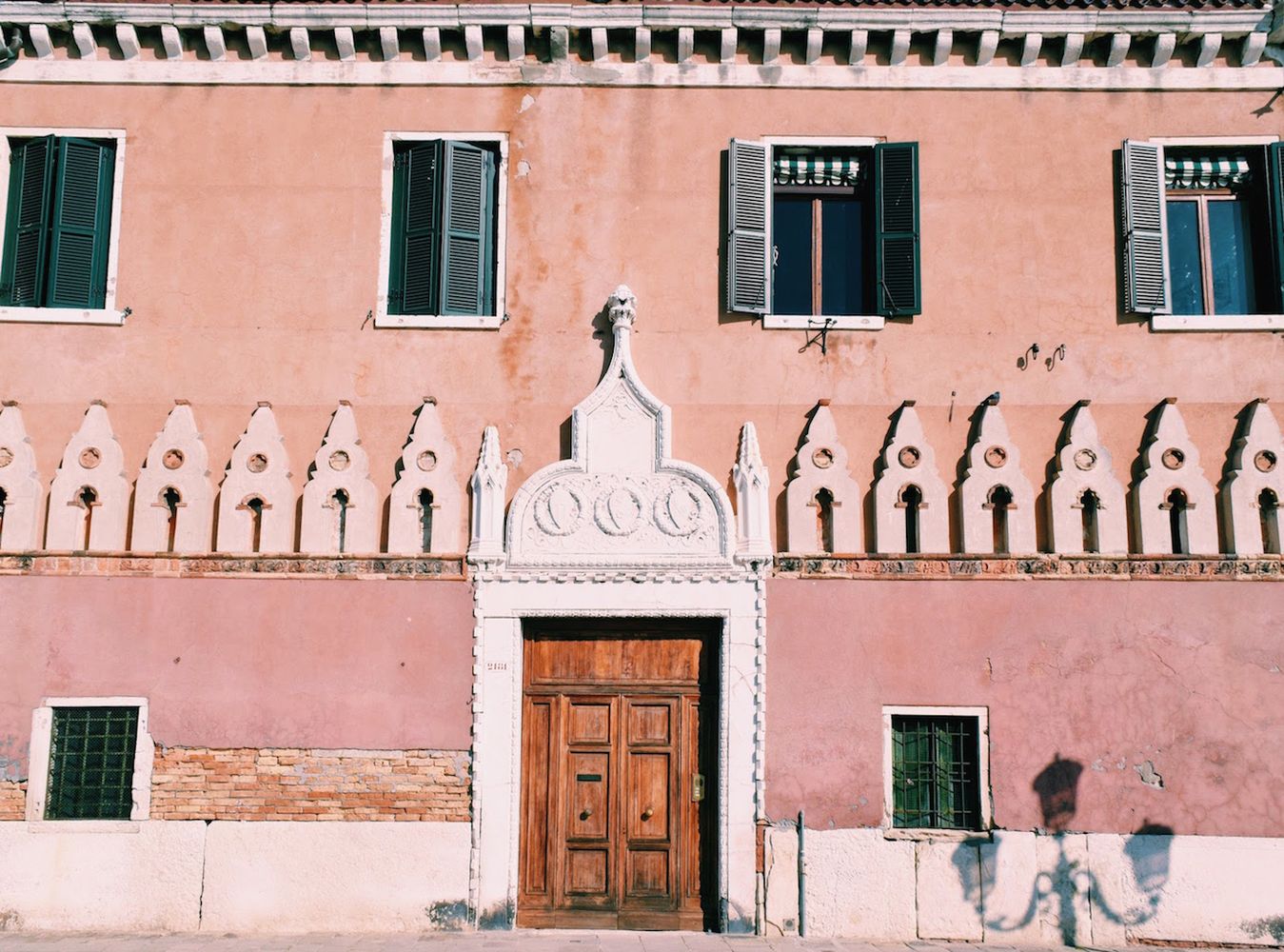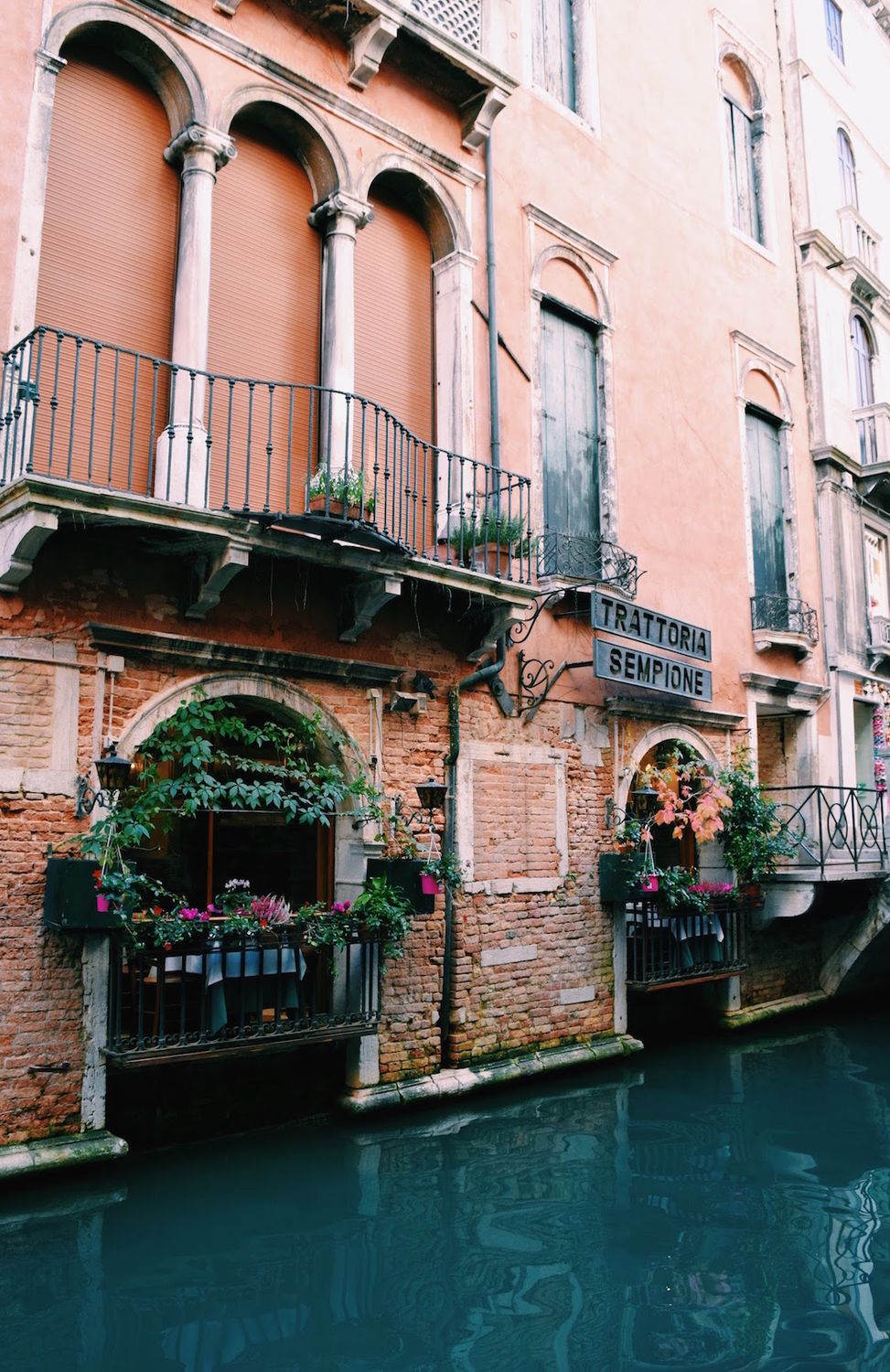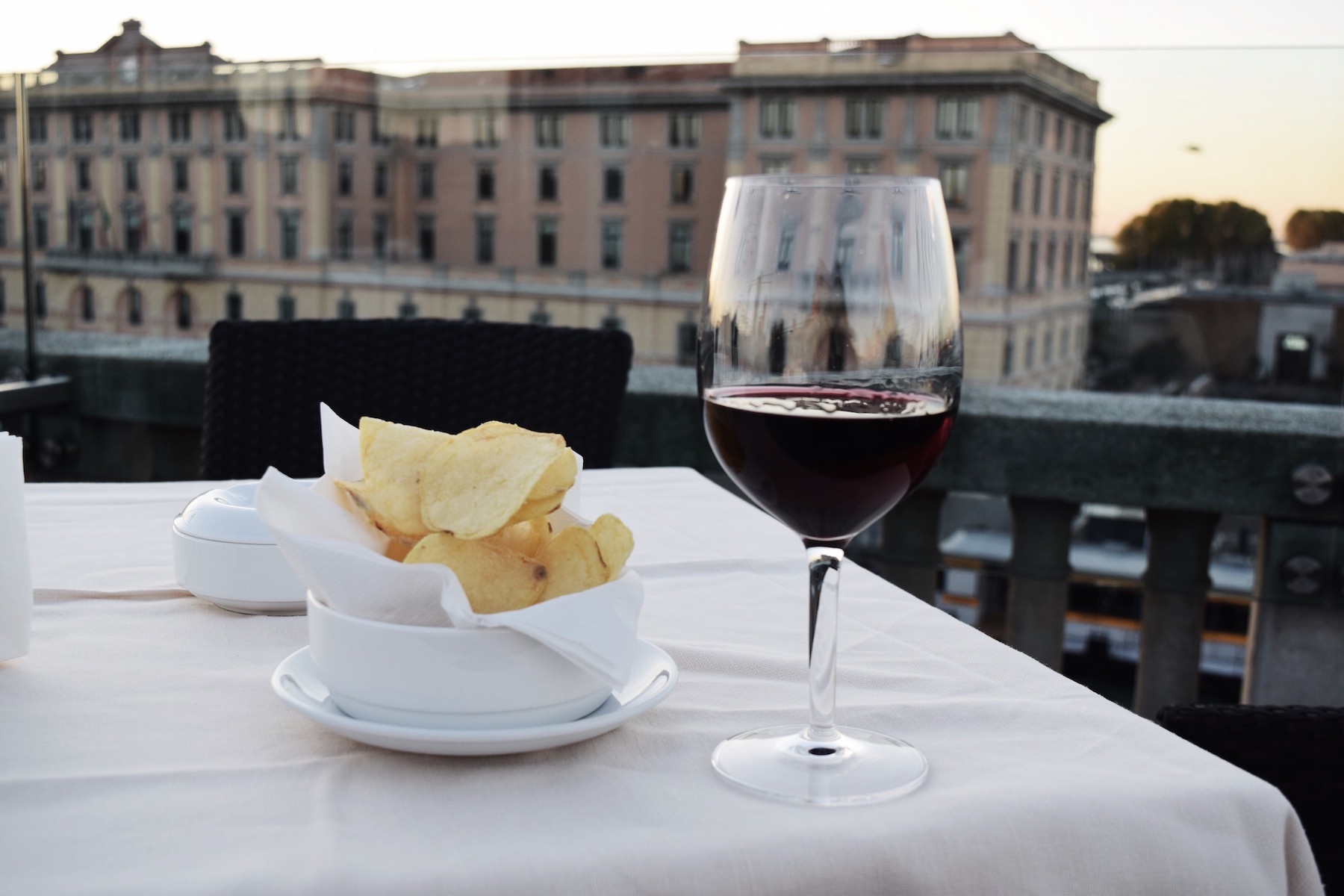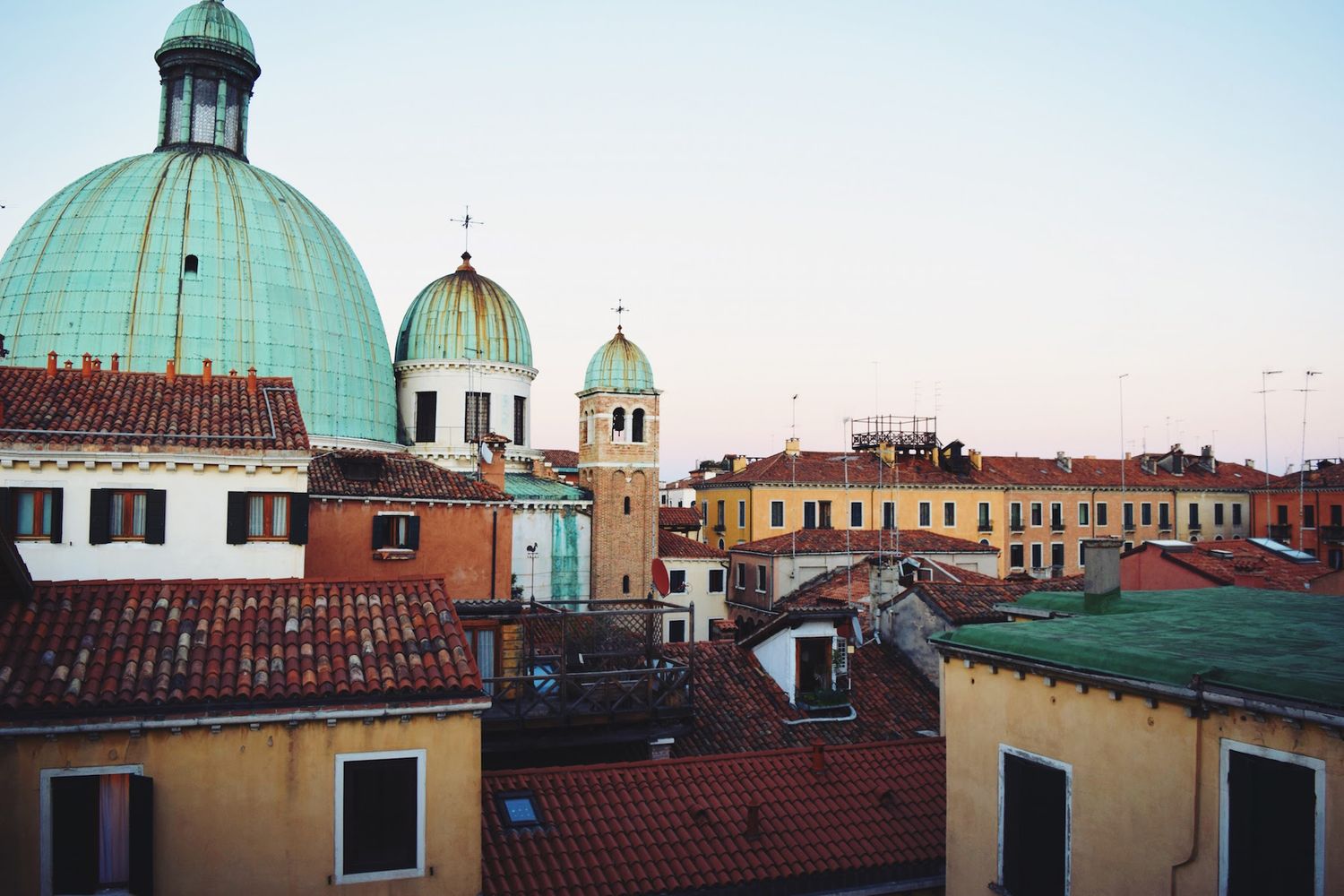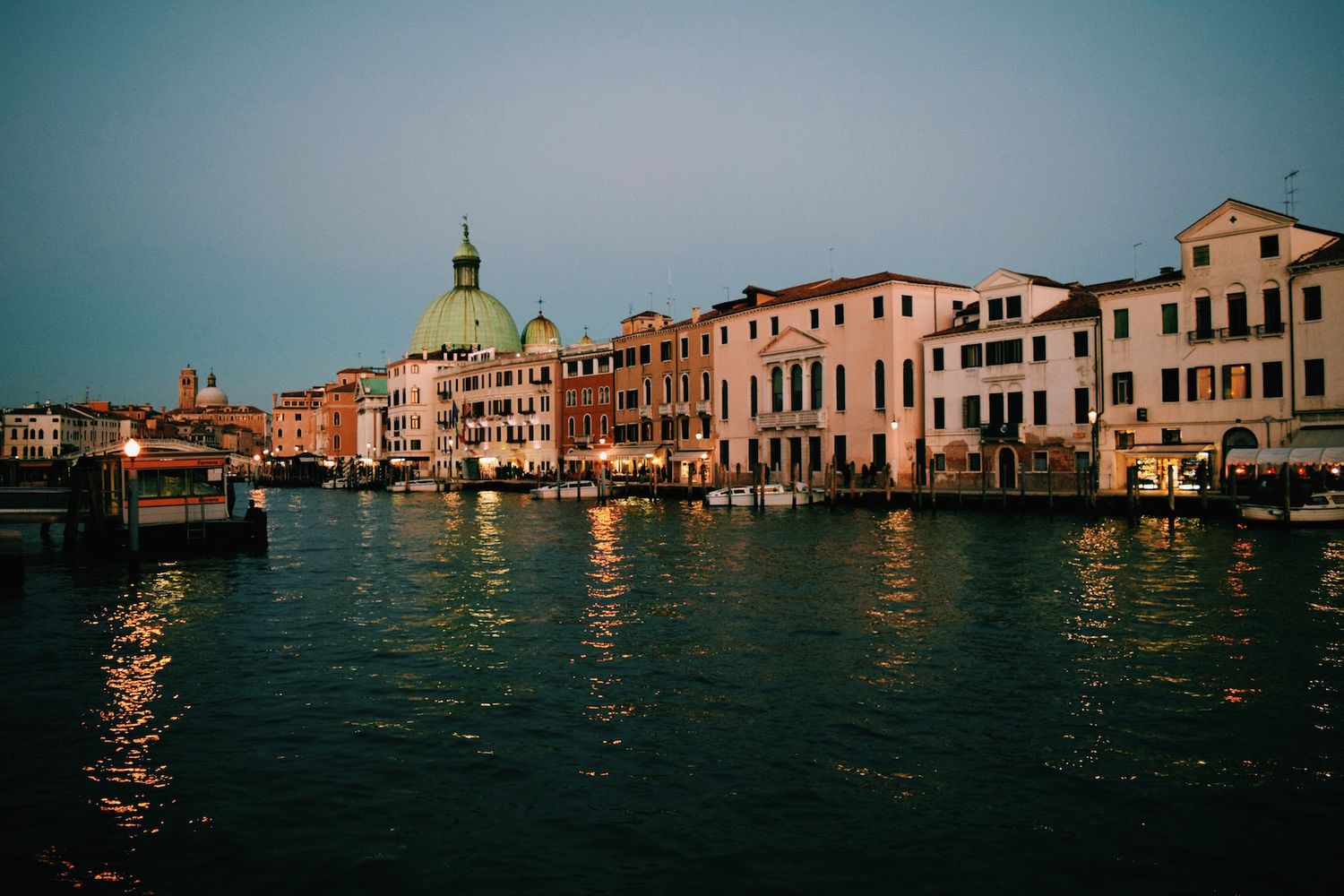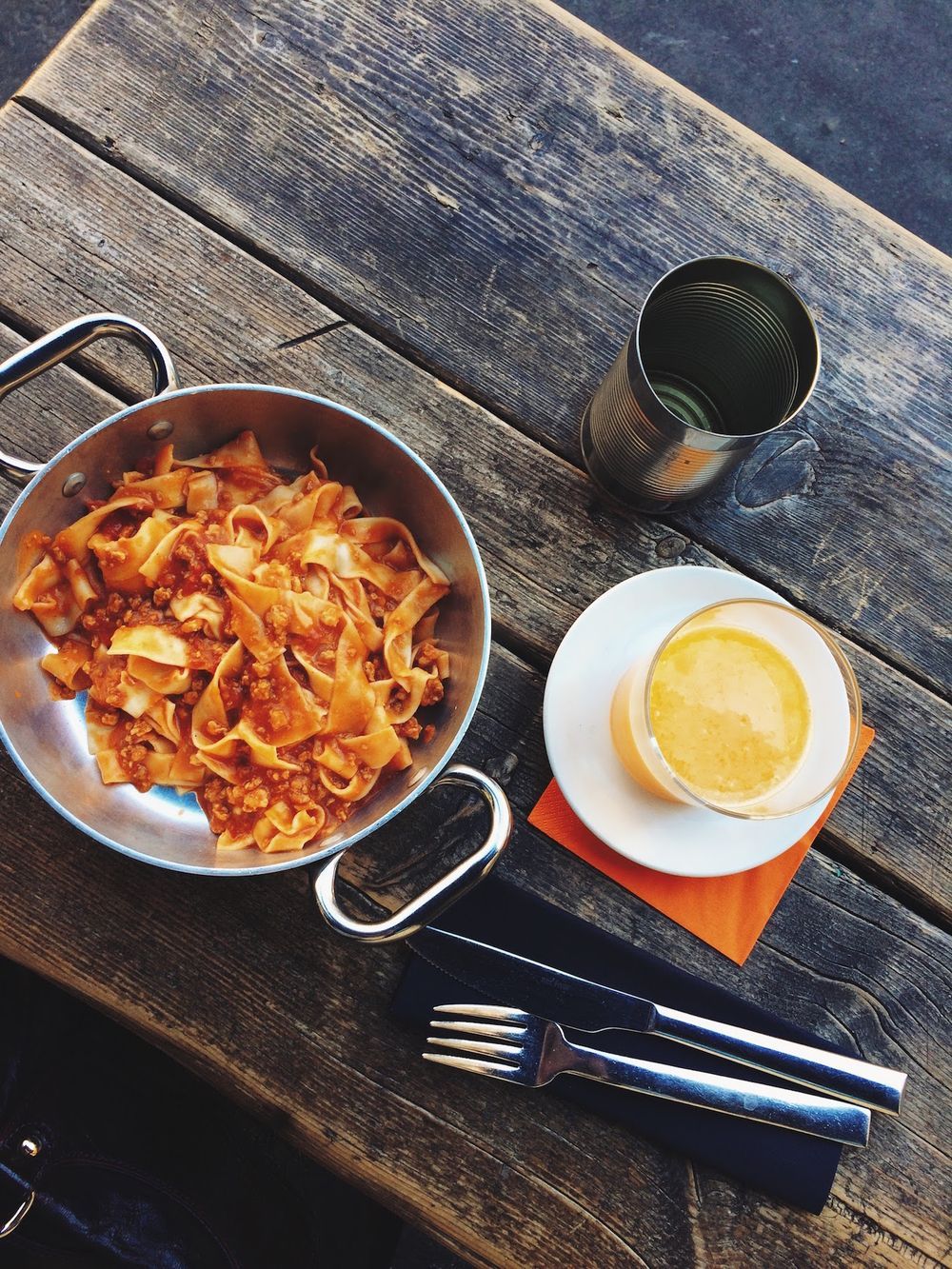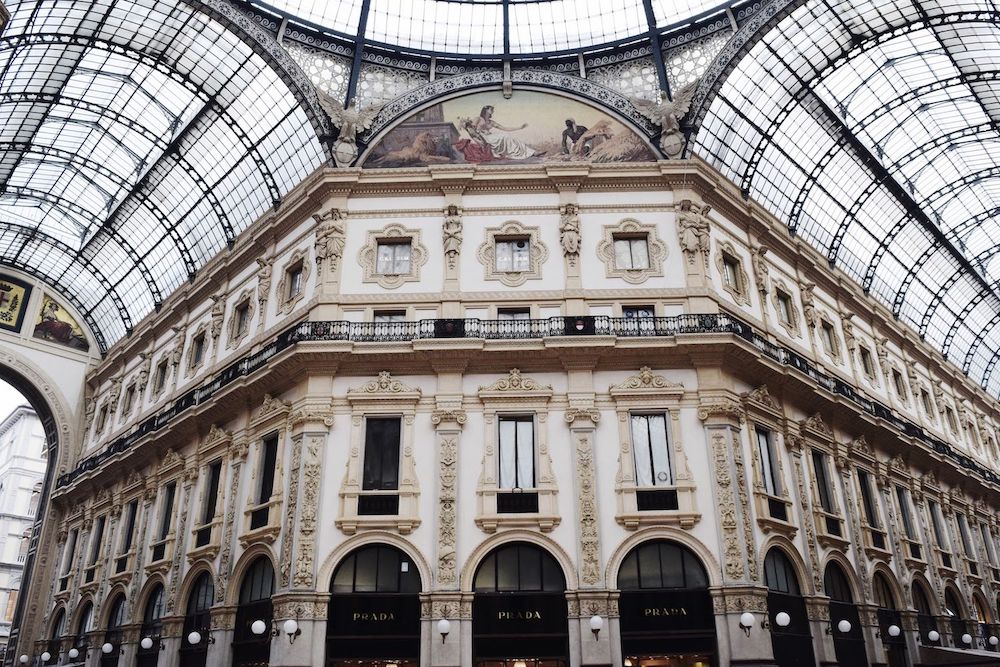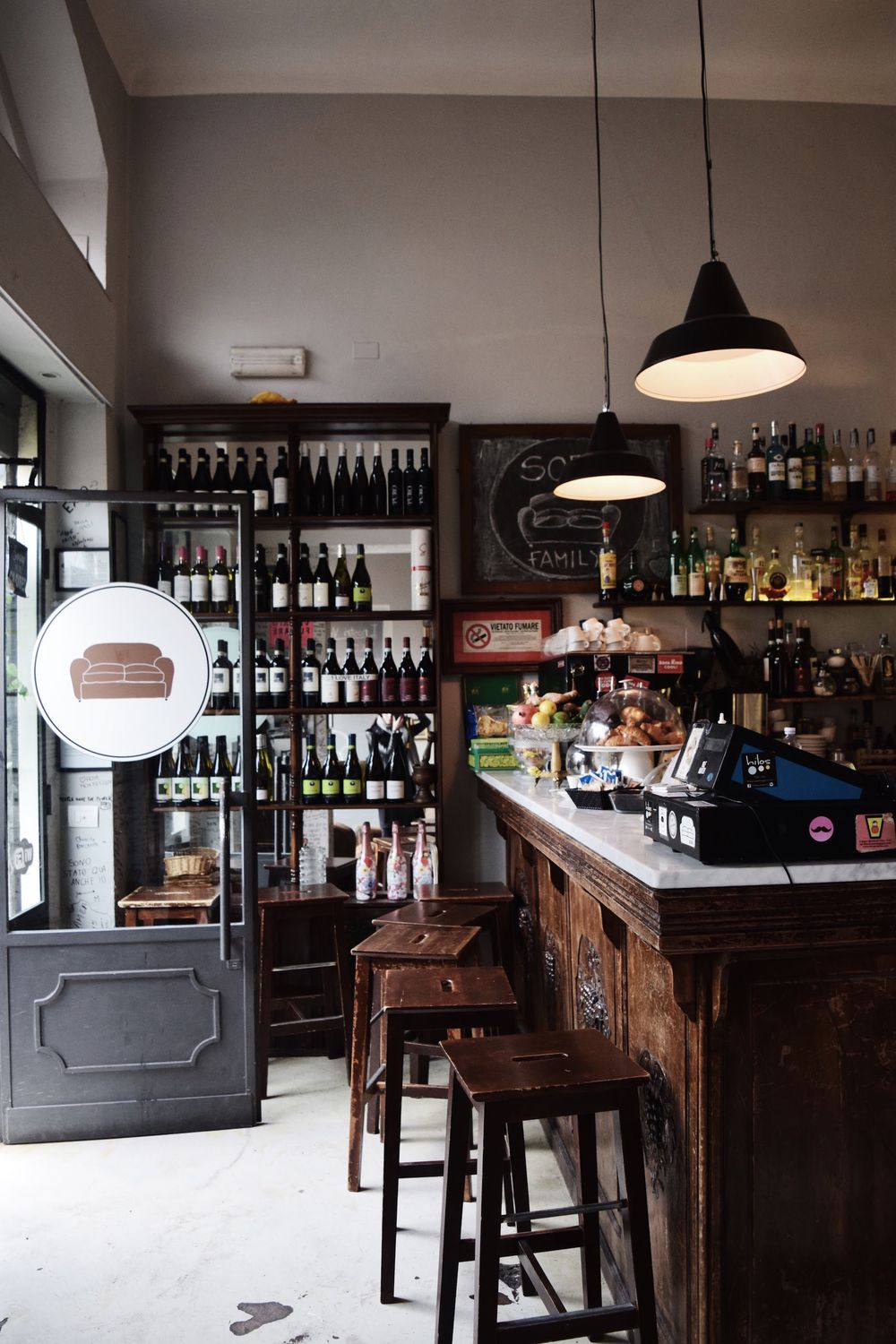15 Best Things to Do in Venice, Italy
Culture Travel may earn a commission through links on this website. As an Amazon Associate, we earn from qualifying purchases.
Venice, Italy is known as one of the most romantic cities in the world. It is full of canals, bridges, and old-world charm. With so much to see and do, it can be hard to decide where to start. Here are some of the best things to do in Venice, Italy while you’re there.
History of Venice
The history of Venice dates back to the 5th century when refugees from northern Italy fled to the islands of the Venetian Lagoon to escape the invading barbarians. In 811, the Republic of Venice was founded and the city began to rise in power and influence. Venice became a major trading center, controlling much of the Mediterranean trade, and was a powerful maritime republic.
It became an independent city-state in the 11th century and was a major naval force in the Mediterranean. By the 14th century, Venice was the wealthiest and most powerful city in Europe.
In the 15th and 16th centuries, Venice was a major center of Renaissance art and architecture and was home to some of the greatest artists and architects of the period. Venice was a major naval power throughout the 17th and 18th centuries and played a major role in the Napoleonic Wars.
By the 19th century, however, the city’s power and influence had declined due to political and economic problems. In the 20th century, Venice experienced a revival and is now a major tourist destination.
Things to Do in Venice
Venice, Italy is a unique and gorgeous city known for its canals, gondolas, and historic architecture. Here are the best things you must do in Venice!
Gondola Ride
First, take a Venetian gondola ride. Although gondola rides can be expensive, they are a must-do for any visit to Venice. Relax as you drift along the canals and get a unique view of the city from the water. Gondola rides are a classic Venice experience, allowing visitors to explore the city’s canals and see its historic buildings from a different perspective.
Gondolas have been an iconic part of Venice since the 11th century. Originally, they were used by the Venetian aristocracy for transportation on the canals. As the years passed, gondolas became more accessible and were used by the general population for transportation and leisure.
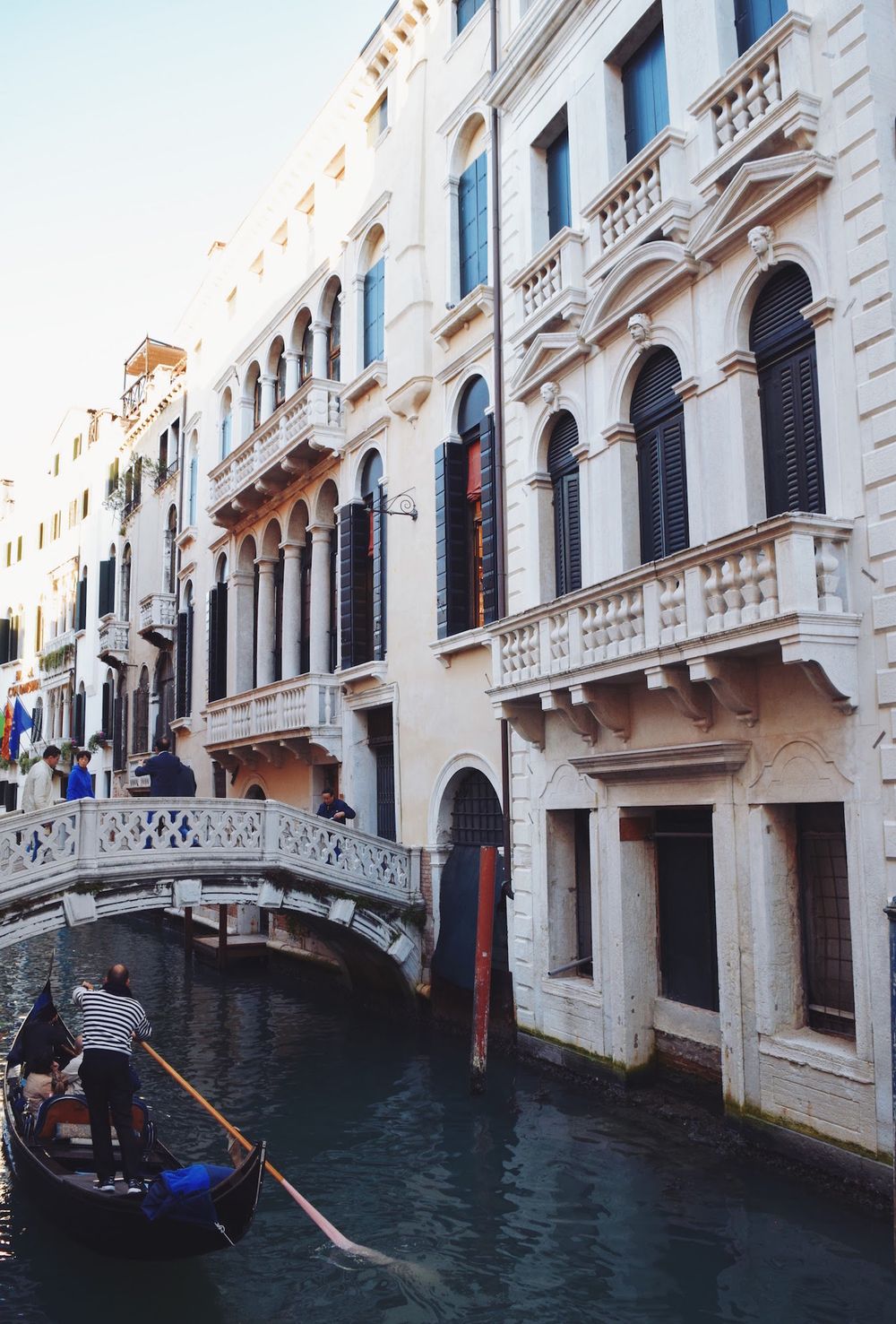
In the 16th century, the design of the gondola was standardized. During this period, the gondola was the main form of transportation in Venice and was used by the wealthy and working class alike. The number of gondolas peaked in the 18th century, with more than 10,000 registered gondolas in Venice.
The decline of gondolas began in the 19th century when other forms of transportation became available. Today, there are fewer than 500 gondolas in Venice, and they are primarily used for tourist rides. The gondola is still considered an important symbol of Venice, and the city has taken steps to preserve the tradition.
St. Mark’s Square and Basilica
Next, visit St. Mark’s Square. This is one of the most famous landmarks of the city, and it’s home to the awe-inspiring St. Mark’s Basilica and the Doge’s Palace. The iconic cathedral is one of the most important examples of Byzantine architecture in the world and is known for its intricate mosaics and ornate marble decorations. Make sure to also explore the nearby streets and alleys, which are full of shops, restaurants, and cafes.
St. Mark’s Square in Venice has been a hub of political and religious activity for centuries. It is widely believed that the area first began to take shape during the 9th century when the first Doge, or ruler, of Venice, Pietro Tradonico, ordered the construction of a church dedicated to St. Mark in 828. In the centuries that followed, the Doge’s Palace was built in the square, along with other important buildings such as the Campanile.
The square was also the scene of many momentous historical events. In the 13th century, St. Mark’s Square was the site of the coronation of the first Doge of Venice, Enrico Dandolo, who is said to have been the most powerful ruler of the city during the time. In the 16th century, the square also witnessed the signing of the Treaty of Venice in which the city was officially recognized as an independent state. In the 19th century, the square was the site of the Venetian Revolution and the Republic of St. Mark was declared.
Today, St. Mark’s Square remains one of the most popular attractions in Venice. While the square is now mainly a tourist destination, it still serves as a reminder of the city’s rich history and importance in the world.
Doge’s Palace
Take a tour of Doge’s Palace. This former palace of the Republic of Venice’s leader, the Doge, is now a museum, showcasing the history and art of the Republic of Venice.
The Doge’s Palace in Venice, Italy, has a storied history that dates back to the 9th century. The palace was originally built as a home for the Doge—the chief magistrate and leader of the Venetian Republic. The palace has been expanded and rebuilt over the centuries, with the current structure being completed in the late 15th century.
Throughout its history, the Doge’s Palace served as a political and administrative center for the Venetian Republic and as the home of the Doge. It was also used for public ceremonies, such as the election of the Doge, and for diplomatic meetings with foreign ambassadors.
In the 19th century, the palace was used as a prison, and in 1923 it was opened to the public as a museum showcasing the history and art of the Venetian Republic. Today, the Doge’s Palace offers visitors the chance to explore its grand architecture, art, and history.
Cross Rialto Bridge
The famous Rialto Bridge is one of the most popular landmarks in Venice and offers great views of the city’s canals and buildings.
The Rialto Bridge is one of the most iconic landmarks in Venice and has a rich history spanning over several centuries. The bridge was originally built in 1181 by Nicolò Barattieri. This bridge was made of wood and was destroyed in a storm in 1298.
In the 15th century, a new bridge was constructed by Antonio da Ponte, an Italian architect, and engineer. This bridge was made of stone and was the first bridge to span the Grand Canal. The bridge quickly became a popular destination and was the main way to cross the canal.
In the 16th century, the bridge was redesigned by Antonio da Ponte’s son, Antonio Contino. He added shops, arcades, and an arch to the bridge, making it into the iconic landmark we know today.
During the 18th century, the bridge was renovated and new marble balustrades were added. The bridge was also raised by half a meter to allow more boats to pass underneath.
Over the centuries, the bridge has been the backdrop for many famous paintings, such as Canaletto’s The Stonemason’s Yard and Guardi’s The Grand Canal. Today, the Rialto Bridge is still the busiest and most iconic bridge in Venice.
Gallerie dell’Accademia
The Gallerie dell’Accademia in Venice is one of the most important and oldest galleries in Italy. This art gallery is home to an impressive collection of Venetian paintings, including works by famous artists such as Titian and Tintoretto.
It was founded in 1750 by the Venetian Republic and was originally located in the Scuola della Carità, a former convent. Initially, it was intended to house the works of art that had been produced by Venetian artists, such as Giorgione, Titian, and Tintoretto.
In 1819, the gallery moved to the former Scuola Grande di San Rocco, which was designed by the renowned architect Jacopo Sansovino in the 16th century. This new space provided the gallery with more room for its growing collection.
In the 20th century, the museum underwent extensive renovations and began to acquire works of art from other regions of Italy and Europe. Today, the Gallerie dell’Accademia is home to one of the most important collections of Italian Renaissance and Baroque art in the world. It also contains a number of important works by Venetian artists, such as Canaletto, Bellotto, and Guardi.
Museo Correr
You must explore the Correr Museum of Venice, an opulent gallery dating back to the 13th century and housing some impressive Venetian artworks and antiquities.
Campo Santa Margherita Square
Take a stroll through the Campo Santa Margherita. This lively square is a great place to people-watch and see local life in Venice. Campo Santa Margherita is a large public square in the Dorsoduro sestiere of Venice, Italy. The square has existed since at least the 13th century, when it was first mentioned in the records of the Camaldolese Monastery of San Michele di Murano. It was the location of a parish church dedicated to Santa Margherita, which was first built in 1448 and rebuilt in 1550.
The square is surrounded by a number of important buildings, including the Church of Santa Margherita, the Renaissance Palazzo Contarini, the Palazzo Donà delle Rose, and the Palazzo Pisani-Moretta. The Campo Santa Margherita is now a popular gathering place for locals and visitors alike, and is lined with cafés, restaurants, and bars. Every Sunday, the square is the site of a popular farmers’ market.
Walk around the Grand Canal
The Grand Canal is surely one of the most iconic places in Venice, and it shouldn’t be missed. You’ll get to see some of the most beautiful palaces and churches in the city.
The Grand Canal in Venice has a long and storied history. It is the main waterway that runs through the city of Venice, Italy, and is one of the main tourist attractions in the city. The Grand Canal was built in the 10th century as a means of transportation and trade. The canal was used to transport goods and supplies from the Venetian lagoon to the city center. The construction of the canal was overseen by the Doge, the leader of Venice, and took almost two centuries to complete.
The Grand Canal was the main thoroughfare of the city and was the center of Venice’s wealth and power. It was also the main artery of the city’s economic and social life. The Grand Canal was used for the transportation of goods to and from the port of Venice. It was also used for the transportation of passengers, as it was the main transportation route for the citizens of Venice.
In the 15th century, the Grand Canal was lined with elegant palaces and mansions. These buildings served as the homes of the rich and powerful and showcased their wealth and power. The Grand Canal has been used for centuries as a major waterway for transportation, trade, and leisure. It is now a major tourist attraction and a symbol of the city.
Visit the islands of the Venetian Lagoon
There are several islands in the lagoon, including Murano, Burano, and Torcello. Each of these islands has its own unique charm and beauty, and it’s well worth the time to explore them. It’s worth it to take a trip to the nearby islands; each of them offers a different atmosphere and cultural attractions.
Murano Island is a Venetian island located in the Venetian Lagoon, to the northeast of Venice. It is best known for its centuries-old tradition of glass-making. Like Venice, Murano was originally settled in the 5th century AD by people fleeing the mainland, in particular, the area now known as Venice, due to barbarian invasions.
The island developed a thriving glass-making industry in the 12th century when the Republic of Venice encouraged the production of glass to reduce the risk of fires in Venice itself. Murano’s glass-makers soon became renowned for their skill, and the island’s reputation for glass-making was such that the government imposed a strict set of rules in 1291 to protect its monopoly over the industry.
Murano glass-makers had to live and work on the island and were forbidden from leaving without permission. This ensured that Murano’s glass-makers kept their secrets safe, and helped to create the stunningly crafted glass pieces for which the island became known. Murano glass-makers were also renowned for their intricate and elaborate designs, and many pieces of Murano glass are sought-after by collectors today.
If you visit Murano, try taking an Italian glass-blowing class while you’re there!
Venetian Food
Make sure to indulge in some delicious food at a Venetian osteria or trattoria. Venetian cuisine is a mix of Italian and local flavors. Try traditional dishes like Cicchetti (Venetian tapas) and Risotto alla Veneta for the full culinary experience. Be sure to try out some of the local seafood dishes, too, and don’t forget to have a taste of the famous Venetian gelato.
Gelato has a long and storied history in Venice, dating back to the 16th-century Renaissance. In 1686, Francesco Procopio dei Coltelli began serving gelato to his patrons. Later, a man named Bernardo Buontalenti is credited with creating the first gelato-like dessert, called “sorbet”. This was a combination of fruit, sugar, and ice, and was served as a cold treat.
In the 18th century, Italian immigrants brought their gelato recipes to the United States, introducing them to the country. Gelato in Venice has evolved and become a beloved treat for locals and travelers. Today, gelato is a staple of Italian cuisine and is enjoyed around the world.
There are dozens of amazing Venetian restaurants, but if you’re on a budget, try the Osteria da Filo.
Have Coffee at Caffè Florian
Caffè Florian is one of the world’s oldest coffee houses, and it has been in continuous operation in Venice since 1720. It was founded by Floriano Francesconi and quickly became a popular gathering place for intellectuals, artists, and aristocrats. During the 18th and 19th centuries, Caffè Florian was a hotspot for political debates and the exchange of ideas.
Famous figures like Casanova, Goethe, and Lord Byron were known to frequent the cafe, and it is even said that Napoleon Bonaparte proposed to his wife at the cafe in 1797. Over the centuries, Caffè Florian has become an important part of Venetian culture, and it has been declared a historical monument by the Italian government. This café is still in operation today and is considered to be the oldest café in Italy.
Libreria Acqua Alta Bookstore
Libreria Acqua Alta is one of the coolest bookstores in the world you must see if you are a book lover. With a cozy atmosphere and offbeat display, it’s a sight you can’t miss.
Peggy Guggenheim Collection Museum
Art lovers should not miss the Peggy Guggenheim Collection Museum. The Venice museum is renowned for its extensive collection of modern and contemporary art by prominent European and American artists. This includes works by Pablo Picasso, Salvador Dali, Marc Chagall, and Jackson Pollock, among others. The Guggenheim museum is also known for its picturesque location along the Grand Canal in Venice. The museum was founded by Peggy Guggenheim, an American art collector, heiress, and philanthropist, in 1949. It is now one of the most visited sites in Venice and has become an important center for modern and contemporary art.
If you’re in Venice during the famous Venice Biennale, it’s definitely worth a visit to see the latest contemporary art by up-and-coming artists.
There are also many more contemporary art galleries to visit in Venice like the Victoria Miro Gallery.
Palazzo Grassi
The Grassi Palace is a historic building located in the San Samuele district of Venice, Italy. It was built in the 17th century for the wealthy Grassi family, who was one of the most prominent families in Venice during that time.
The palace is known for its impressive Baroque architecture and opulent interior decorations, which include frescoes, stucco work, and marble floors. The building is organized around a large central courtyard, which features a grand staircase that leads to the upper floors.
Today, the Grassi Palace is home to the expansive contemporary art collection of French businessman François Pinault.
Museo Fortuny
The Museo Fortuny is a museum located in Venice, Italy, that is dedicated to showcasing the life and works of the Spanish artist Mariano Fortuny (1871-1949).
Fortuny was a painter, designer, photographer, and inventor who was known for his unique sense of style and his innovative approach to textiles, lighting, and stage design. He lived and worked in Venice for many years starting in 1902, and his former studio and home is now the site of the Museo Fortuny.
The museum features a collection of Fortuny’s paintings, textiles, costumes, and photographs, as well as some of his inventions, such as the “Fortuny” lamp. The museum also hosts temporary exhibitions that explore the intersection of art, fashion, and design.
The Museo Fortuny is a popular destination for visitors to Venice who are interested in art, fashion, and design, as well as those who are curious about the life and work of one of the city’s most famous residents.
Venice offers a wide variety of activities for visitors, from exploring its historic architecture and art to experiencing its unique culture and local life. These are just a few of the many things to do in Venice!
The one thing I learned about Venice is that you will get lost. Of course, getting lost in Venice simply means running into a turquoise canal or a beautiful hidden corner!

See Venice for Cheaper
When I began planning my trip through Europe, I knew I wanted to make it to Venice at some point. After taking a look at the hotel and Airbnb prices, I realized it wouldn’t be smart to actually stay in Venice because it was way too expensive. Not to mention, moving around with luggage is not an easy feat, and taking a water taxi would jack up the cost even more. So, I opted to stay in one of the towns in mainland Italy and take the train into the city.
Originally I thought to stay in Mestre or Padua, but when I looked at train tickets from Munich, I realized I would have to change trains at least once in order to get there. The only direct train in that direction stopped in Verona before continuing further south. So I thought, why not stay in Verona, drop my luggage there and then take the train to Venice for the day? I’ll also get to explore Verona for a bit as well. It was the perfect plan: no switching trains, no carrying luggage through Venice, perfect for my budget, and I get to add an additional city to my trip!
I arrived in Verona late on Saturday night, checked into my hotel, and got up early in the morning to take the train to Venice the next day. The only thing I didn’t account for was how delayed the trains depart in Italy. I had purchased a Trenitalia RV2713 ticket departing Verona at 9:21 am for Venice, and we didn’t end up leaving until 35 minutes later! Even an Italian man seemed annoyed by this on the train as I sat patiently waiting. I don’t speak Italian so I’m not sure what the hold-up was, but from what I saw around the internet, this is really common in Italy.
In any case, the journey was just over an hour long, and I had the rest of the day to explore the island of Venice until my return train after sunset around 6pm. This is how you can visit Venice without spending a fortune!
